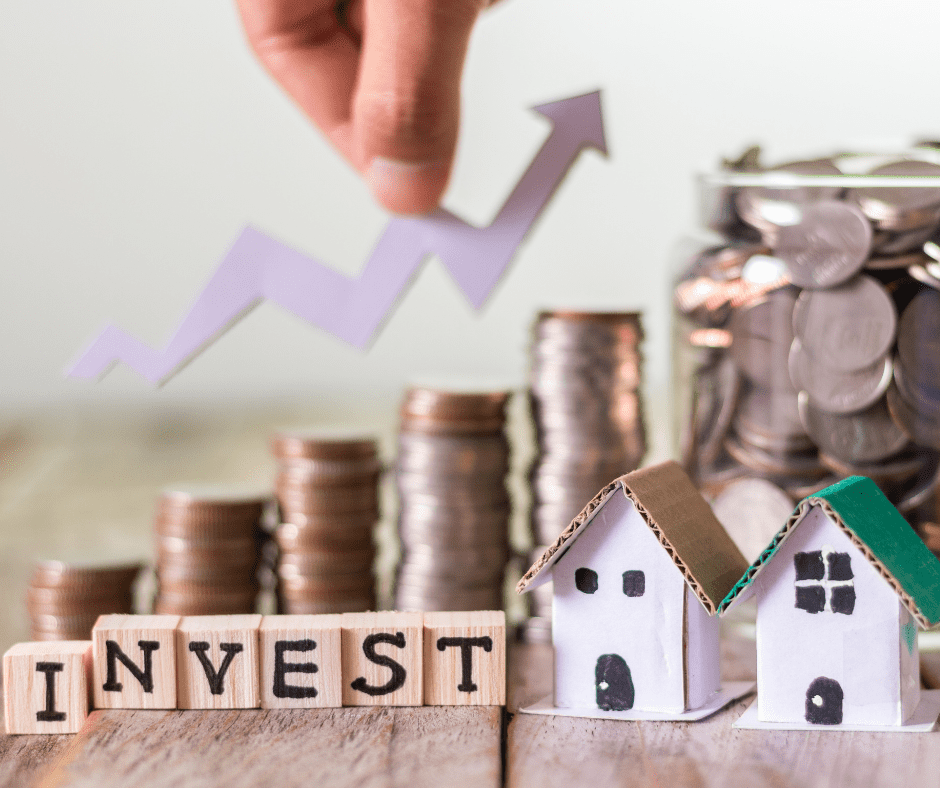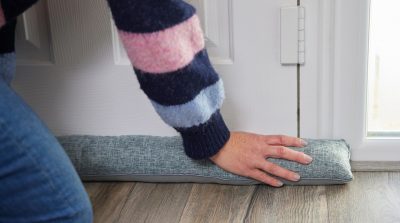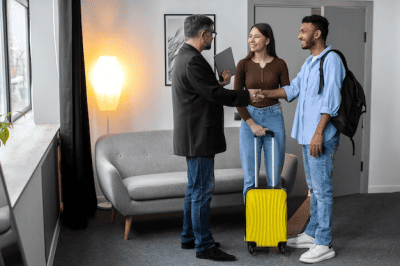If you’re looking to purchase a second home, there are a few things you’ll need to consider before making the purchase. This guide will help you to get started so you won’t get lost along the way.
Buy-to-let
For people who want to invest their money in a tangible asset that has often been relatively stable compared to equities, buying a buy-to-let property is an excellent choice. About one million people in the UK own a second home, with the majority owned as buy-to-lets.
With a buy to let property, you will aim to have rental income to pay your mortgage. As your investment property appreciates, there will also be monthly passive income; this is even more likely if you choose an interest-only mortgage.
Another way to invest in property is through a let-to-buy contract. This might be the case if you want to relocate but keep your existing home as an investment and rent it out. In other words, if you’ve acquired a new property or moved in with someone else but can’t sell your own home at that time, this may be an option for you. You’ll need to talk with your lender or broker about whether you’ll have to remortgage your present home in order to rent it out in these situations.
Depending on your current mortgage terms, you may only need “consent to let” in this situation. However, most of the time, whether you buy a home to rent out or want to find tenants for your current property, you’ll need to secure a buy-to-let mortgage.
Helping your child buy their first home
With the cost of property consistently increasing, it’s becoming very common for parents to help their children finance their first property. The good news is that there are many ways to do this, you don’t have to resort to purchasing a property for them.
The main reason that you may want them to purchase the property in their name rather than yours is due to the fees and LBTT. If the property is in your child’s name, and they are a first-time buyer, the tax payable on the purchase will be reduced as it is classed as their main home.
The other big benefit of your child owning the property is that they will then have a deposit to use when they come to buy their next home. If you were to help them purchase a property in your name, then they would not have this advantage. So, by gifting them the money to purchase the property, you are setting them up for life.
A family deposit mortgage is another option, this allows parents to borrow against the equity in their home to gift part or all of that money to their children as a deposit. The deposit for this type of mortgage is usually between 15% and 25%. This does come with some risks – if they are unable to keep up with the repayments, then you will be liable.
Buying a holiday home
A holiday home can be a great investment, as well as a place for you and your loved ones to escape to. You can use the property yourself, or rent it out on a short term basis to generate income. However, before you can purchase, your intended use of the property needs to be clear:
- Will you visit your second home enough to justify the purchase?
- Are you buying the property as an investment?
- Will you ever let out the property to other holidaymakers?
Once you are clear on the above points, a mortgage broker will be able to advise you on the best way to fund the purchase. It is really important to be clear on how the property is going to be used as this can restrict the finance options that are available to you. If you intend to let out the home in the future, it may mean that you’ll be turned away from residential mortgage options and require a specialist holiday let mortgage instead.
Ways to finance your second home
If you have significant equity in your home, remortgaging is one way to release funds for a second home purchase, however, this can be an expensive and risky option. You’ll need a significant deposit (25% minimum, making your loan-to-value ratio 75%) in order to qualify for a mortgage for your second home. You can either remortgage with your current lender or go to another one. If you are looking to remortgage with your current lender, they will need to agree to the new mortgage and also consent to the additional borrowing.
Any lender will be interested in your ability to make the repayments required for both properties. They will need to see the basics such as your income and credit score. However, if you are looking to purchase the property as a buy-to-let, they will also want to see your projected rental income.
Tax, fees and ongoing costs
Aside from your mortgage, there are a number of additional expenses to consider when purchasing a second home. Scotland’s LBTT (Land & Building Transaction Tax) is the most obvious – it’s similar to stamp duty in England and Wales.
For your primary residence, LBTT rates start at 2% for properties purchased at £145k and over. For additional residential properties, you’ll have to pay an extra 4% of the total purchase price of your second home if it costs more than £40,000 to buy. This additional tax is called the Additional Dwelling Supplement (ADS).
Finally, you’ll have to pay capital gains tax when selling your secondary home if it has appreciated in value (which is taxed at a rate of 10%). And of course, you’ll have to consider the ongoing expenses of owning a property, such as council tax, utilities, house insurance etc.
What next?
It is highly recommended that you speak with a property investment specialist or mortgage broker before taking the first steps to buy a second property. They will be able to give you professional advice on how to find and finance your second home that’s appropriate to your circumstances.













